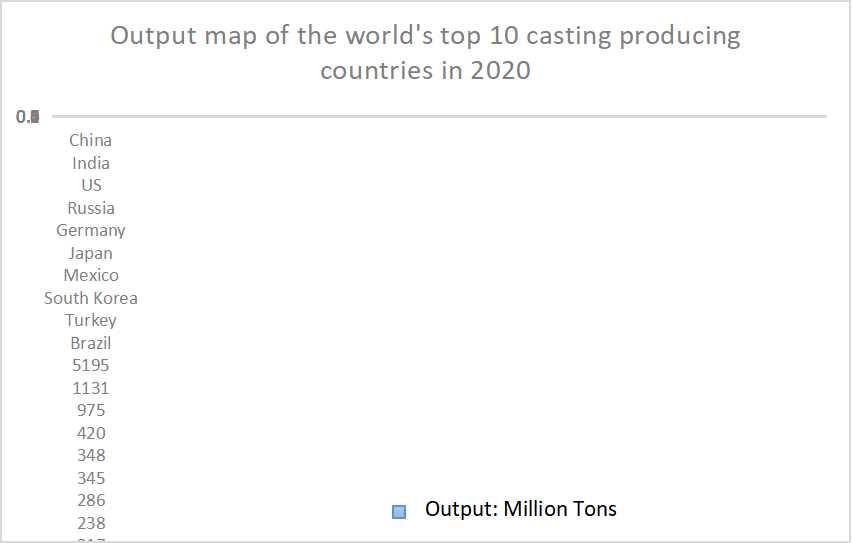The Art of Sand Casting A Timeless Manufacturing Technique
Sand casting, a manufacturing process that has been around for centuries, continues to be a cornerstone of the metalworking industry. It is widely used for producing intricate metal parts across various sectors, from automotive to aerospace, and even in artistic pursuits. The process, while seemingly straightforward, involves a series of meticulously controlled steps that ensure the final product meets specific requirements in terms of shape, size, and finish.
The Process of Sand Casting
The sand casting process begins with the creation of a pattern, which is a replica of the desired object, typically made from wood, plastic, or metal. This pattern is used to form a mold, which consists of two halves known as the cope and the drag. The mold is created by packing sand around the pattern, usually a mixture of silica sand and a binding agent such as clay. Once the sand is compacted, the pattern is removed, leaving a cavity in the shape of the desired part.
Next, the two halves of the mold are assembled, and molten metal is poured into the cavity. This is where the magic happens; as the metal fills the mold, it takes on the shape of the pattern. The cooling process begins immediately, and once the metal has solidified, the mold is broken apart to reveal the cast part. Post-processing steps may include trimming, machining, and finishing to achieve the required tolerances and surface quality.
Applications of Sand Casting
One of the significant advantages of sand casting is its versatility. It can produce complex shapes with tight tolerances, which is particularly valuable in industries that demand precision, such as aerospace and automotive. For instance, engine blocks, pump housings, and various types of brackets are commonly made using this method. Furthermore, sand casting allows for the use of various metals, including aluminum, bronze, and iron, expanding its applicability across different manufacturing needs.
youtube sand casting

In addition to its practical applications, sand casting is also a favored technique among artists and sculptors. The ability to create unique and organic shapes makes it an ideal choice for artistic creations. Many sculptures and decorative elements are formed using sand casting, showcasing the beauty and richness of metal while highlighting the skill involved in the casting process.
Advantages and Disadvantages
Like any manufacturing process, sand casting comes with its own set of advantages and disadvantages. On the positive side, it is relatively inexpensive compared to other casting methods due to low material costs and minimal equipment requirements. The flexibility in design and the ability to produce large parts make it an optimal choice for many manufacturers.
However, sand casting does have its drawbacks. The surface finish of cast parts may not be as smooth as those produced by other methods, necessitating additional machining processes. Dimensional accuracy can also be a concern, particularly for larger components, where shrinkage and deformation can occur during the cooling phase.
Conclusion
In conclusion, sand casting remains a vital method in the world of manufacturing, combining versatility, cost-effectiveness, and the capacity to create both functional and artistic pieces. Whether you are an engineer looking to produce durable metal parts or an artist seeking to bring your creative vision to life, understanding the principles of sand casting can provide you with invaluable insights into this time-honored technique. As industries continue to evolve, so too does the application of sand casting, affirming its place as a key player in the future of manufacturing. With innovations and advancements in materials and techniques, sand casting is poised to adapt and thrive in a rapidly changing landscape.
Post time:Nov . 27, 2024 16:48
Next:Guide to Sanding 3D Prints for a Smooth Finish and Better Aesthetics
